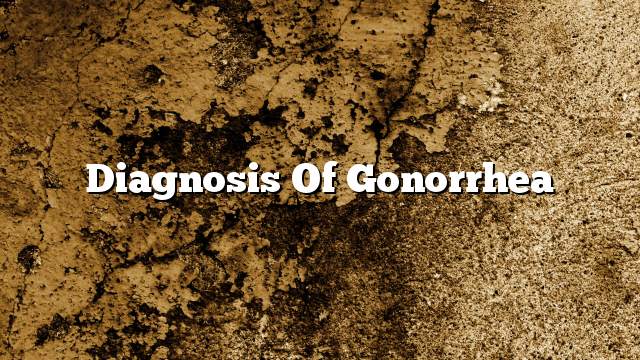There are many tests that enable us to diagnose gonorrhea.
A sample of the vaginal secretions, a sample of the urinary tract secretions, the secretions of the anal canal, or a swab of the throat are taken to the laboratory for transplantation and examination under a microscope after dyeing them with special colors that enable us to tell the bacteria causing the disease.
These samples are pigmented with a gram stain and are seen under the microscope and are the result of the examination
(Intracellular gram-negative Diplococci) bipolar bacteria in white blood cells and negative pigmentation of gram dye
As for agriculture, it needs a suitable medium and is used in the middle of the agar and it is possible to cultivate blood in the case of spread of bacteria in the blood
1 – Gonorrhea is a sexually transmitted disease of various kinds of sexual intercourse and caused by spherical bacteria called Neceria jonorrhea.
2 – the disease affects the mucous membranes, especially those lining the cervix and urinary canal in addition to the mouth, throat and anus
3 – The most important symptoms of the disease are vaginal secretions and difficulty in urination in females and excretions of the penis and the difficulty of urination in males as well as symptoms of inflammation of the anus and throat.
4 – may spread disease and cause bacteremia and the injury of meningitis and heart attack
5. The disease is diagnosed by gram dye and by planting in a special medium
6 – The best treatment is prevention of the disease using condoms and reduce the number of partners sexual practice and treatment partners.
Treatment involves the use of antibiotic for 10 days and uses both cefixim or ciprofloxacin
8. Thyme, chamomile, marjoram, rosemary, parsley seeds and vinegar are used to treat gonorrhea.
Dvidson’s principles and practice of medicine 21st edition
Gynecology by Ten Teachers 18thedition
